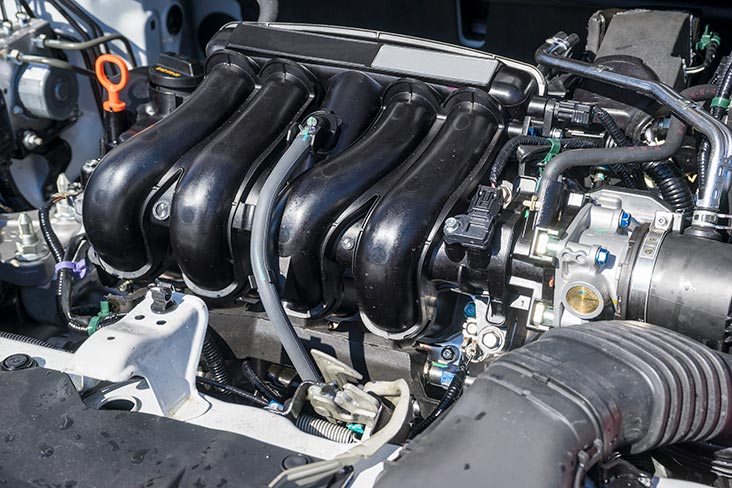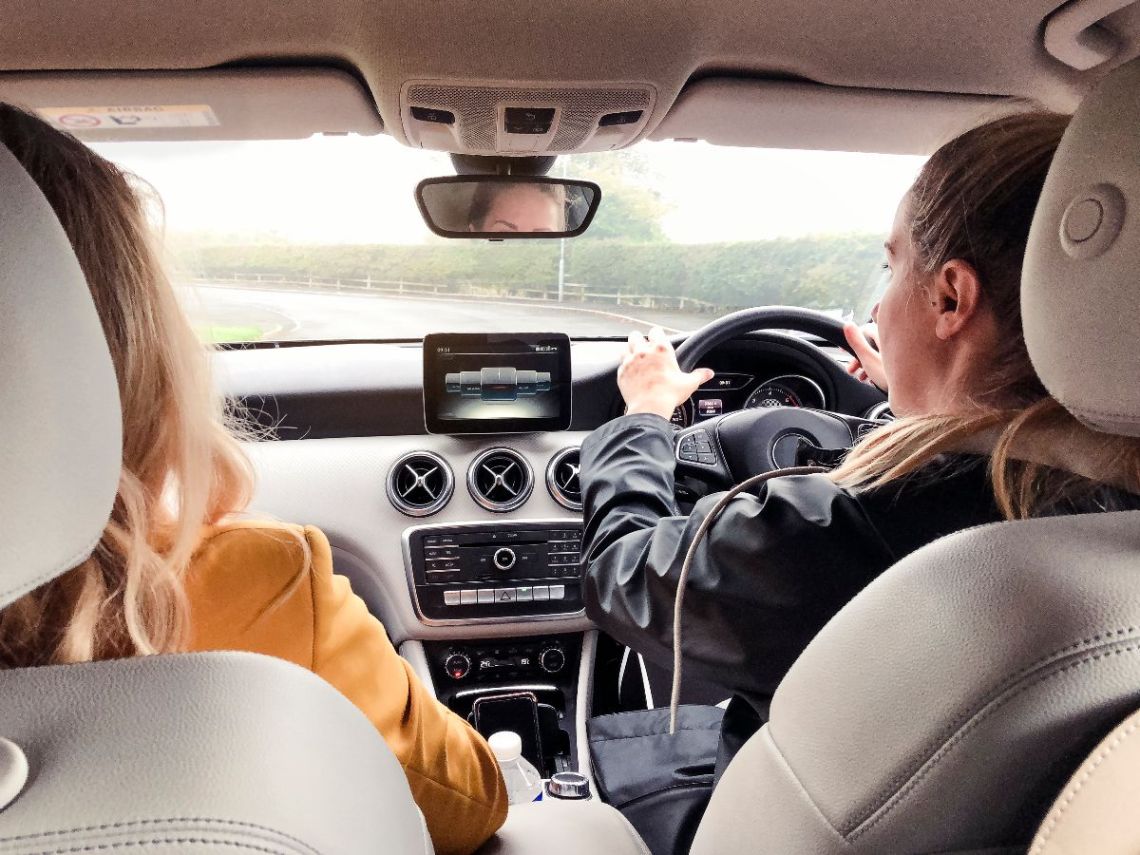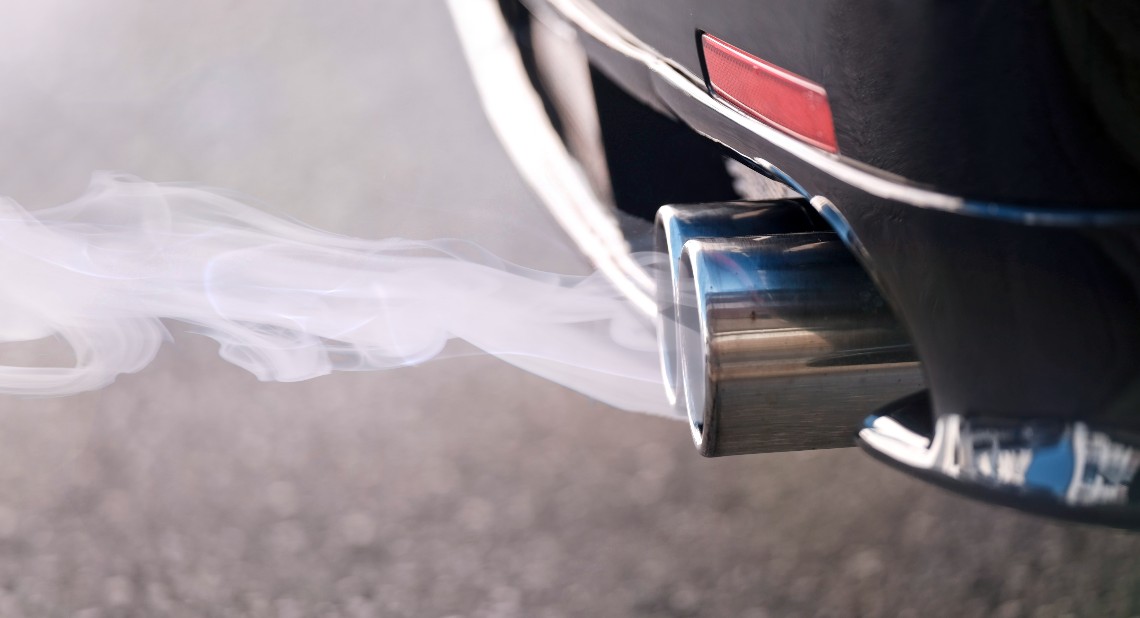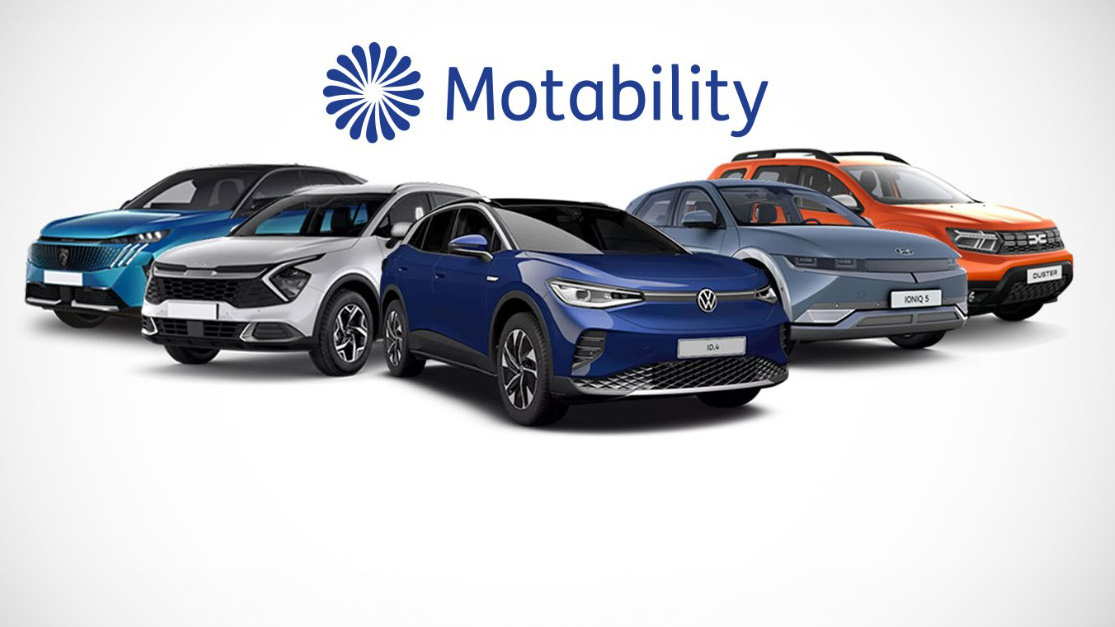As time moves on, the world looks to make transport by car more and more environmentally friendly. Governments are getting stricter with vehicle pollution and are introducing new laws and taxes benefiting motorists who choose the ‘greener’ route. Here is a look at some of what this regulation means for you, eco-friendly driving trends, and what the future may hold for driving.
Green technology
In most modern cars there is technology working to reduce emissions. Sometimes this equipment is obvious—take start/stop systems, for example. When you’re at a standstill in traffic, the engine turns off, then restarts itself when it’s time to move on again. Even high-performance cars have start/stop features now; it’s a little thing that goes a long way, and that’s what emissions technology is all about. When you combine technology like this with other features, like smaller capacity engines, turbochargers, and diesel particulate filters (DPFs), they go a long way in being greener.
Smaller engines are a good starting point, as they’re quite simple: with less fuel being burned, there’s less waste produced. But aren’t smaller power units less powerful and impractical? Not anymore. Thanks to turbochargers—a gadget that uses discarded exhaust gases to push more air into the engine to make it more powerful—small engines can be quite potent. A good example of this is the little 1.0-litre ‘Ecoboost’ engine found in some Ford models. It’s tiny, but it can put out as much power as some old fashioned 1.6-litre and 2.0-litre engines.
The type of engine in your car impacts your carbon footprint
Making diesel greener
Next we have diesel particulate filters. DPFs are fitted to the exhaust of a diesel engined car and filter harmful molecules and dust produced as a side effect of burning fuel. The DPF plays a big role in why diesel engines don’t belch out big clouds of black smoke like they did in the old days. Diesels get a lot of attention as they traditionally pollute more than petrol engines, and play a big role in society by powering many commercial vehicles.
One of the ways some manufacturers now reduce the polluting effect of diesel engines is by adding an extra liquid to the car called ‘AdBlue’. This is a liquid that is injected into the exhaust gases of a diesel vehicle, and it helps to reduce the presence of toxic Nitrous Oxide molecules. In some modern cars, you’ll find an extra place to insert the liquid near to where you fill the car up with diesel. AdBlue itself is harmless, but you should always wash it off if you spill it, and clean fabrics thoroughly, or it can leave a white stain.
What this means for you
Last year you may have heard the term ‘Euro 6’ being spoken about a lot in the media. Euro 6 is important for emissions because it dictates— by European law—just how polluting an engine can be. It’s the sixth revision of the law and has made a massive difference to engine technology and emissions output. All new cars produced since September 2015 have had to abide by this emissions law.
If you’re planning on travelling abroad anytime soon, you might need to take your carbon footprint into consideration even more than usual. In France, the government has introduced a sticker system displaying the age and polluting effect of a vehicle. If a car’s air pollution is deemed too high, it can be banned from entering the city and failing to display the sticker will result in a fine. When you’re looking for a new car, you can ask your Motability Scheme dealer to check the green credentials of the cars you’re looking at. Luckily, most cars available on the Scheme are new, so it’s less likely that you will have problems while you’re abroad—but you should check just in case!
Electric cars are the ultimate eco-friendly choice, however, they have to be recharged regularly
How you can do your bit
You may have noticed a little green leaf symbol by some of the vehicles on our website car search tool, showing the environmentally friendly choices available on the Scheme. We even have some electric vehicles that produce zero emissions. If you’re looking to drive a greener car, consider your own needs first; many low-emission vehicles are small and could therefore be unsuitable for customers who need to carry around large mobility aids, such as wheelchairs or scooters. Electric-only cars also travel less distance than petrol or diesel engines at the moment, making them unsuitable for some drivers for now—watch this space though!
If an electric car isn’t right for you but you still want to do your bit for the environment, there are some everyday things you can do to drive greener. For example, making sure your tyres are fully inflated and keeping your boot as de-cluttered as possible will mean your engine doesn’t work as hard and will produce less CO2 emissions. Slowing down as you approach traffic jams and turning off your engine while you’re stuck in traffic can also make a huge difference.
We always recommend taking as much time as you need and test driving all the cars you’re interested in to ensure you’re happy with your final selection. Use our find a dealer tool to get in contact with your closest dealer and take the first step to finding your next car. Specialist advice is on hand if you require further information on green technologies and trends in the motoring world.
More articles like this:
- Driving economically: How to save fuel
- How in car technology can help you
- 10 fun family days out this week
![]()









